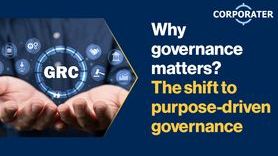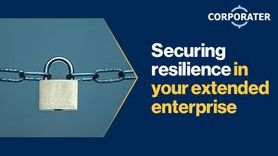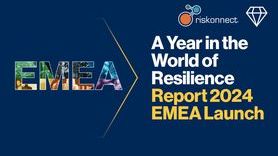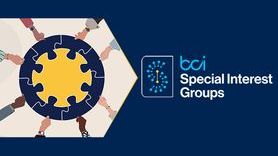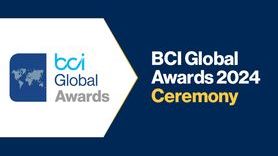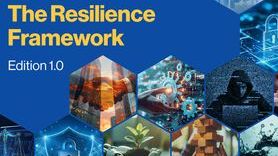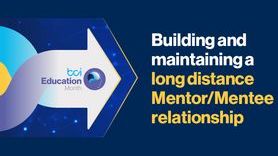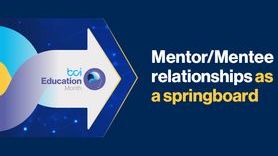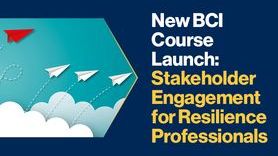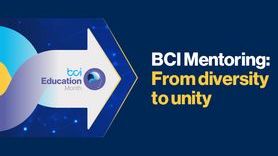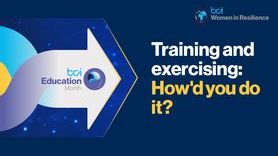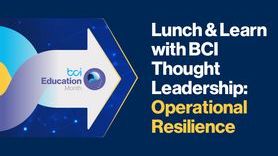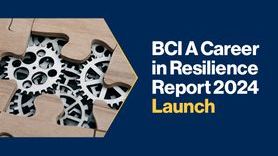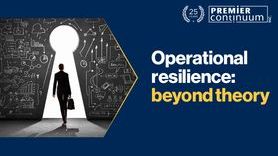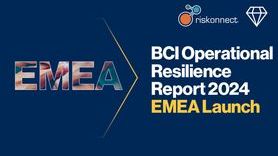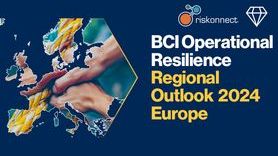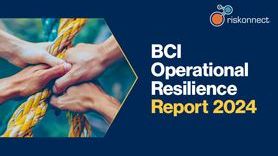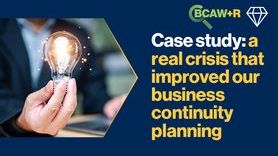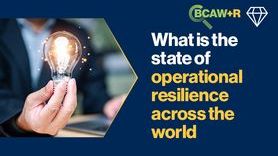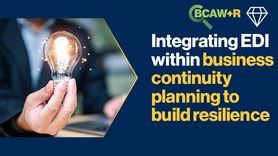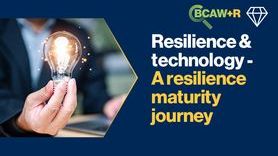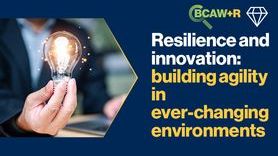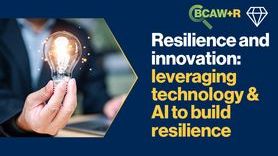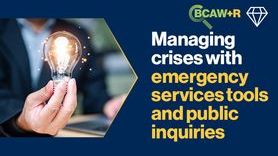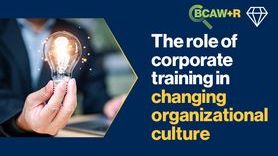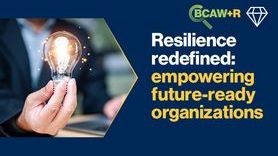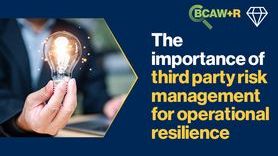How to define resilience for a business audience
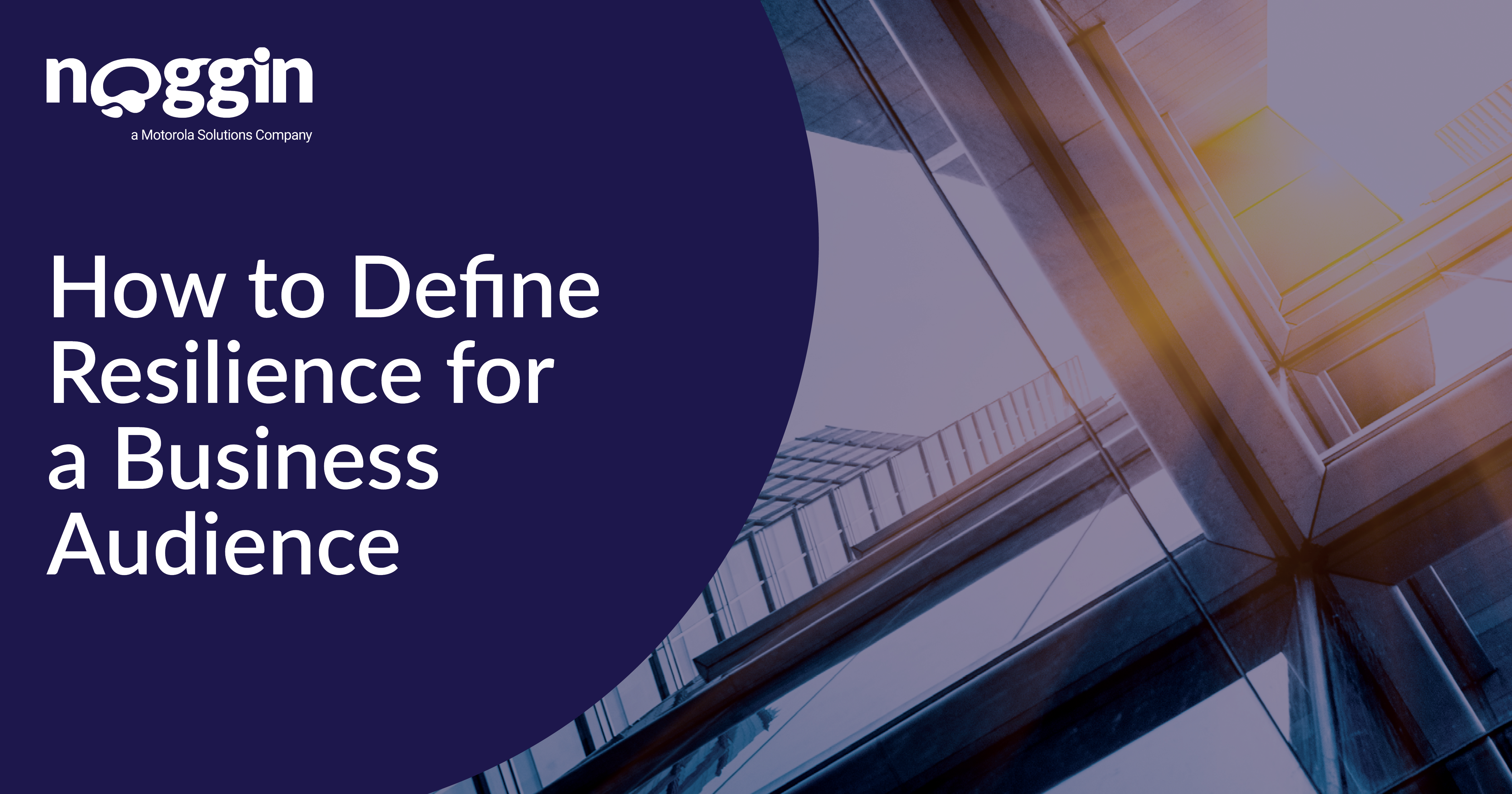
As we experience an acute rise in catastrophic disasters, resilience has become a mantra. Naturally, crisis and emergency management agencies have taken the lead, issuing guidance on how to maintain resilience for people and communities.
Recent national guidance for maintaining resilience
In the U.S., FEMA recently published the National Resilience Guidance (NRG), which seeks to facilitate a more resilient nation through communities that thrive in social, economic, environmental, and secure institutional systems.
Of course, the NRG isn’t the only document of this type. In August 2024, a Senate committee examining Australia’s disaster resilience released its long-awaited report to Parliament, entitled Boots on the ground: Raising resilience. The report explores the various issues affecting disaster and emergency management in Australia.
ISO 22316: Security and resilience
As this type of guidance proliferates, one wonders if there’s similar guidance for a business audience.
Indeed, there is. International standard, ISO 22316 provides a framework for enhancing organizational resilience, answering the question, what is a resilient organization?
So, what is it? A resilient organization is one that can absorb and adapt to the changing (business) environment while continuing to deliver on the objectives that enable survival and prosperity.
Key attributes of business resilience
A key attribute of such an organization is senior-management commitment to enhancing organizational resilience. In resilient businesses, senior leadership understands the following resilience-enhancing principles:
- Behavior is aligned with a shared vision and purpose
- Reliance on an up-to-date understanding of the organization’s context
- Reliance on an ability to absorb, adapt, and effectively respond to change
- Reliance on good governance and management
- Supported by a diversity of skills, leadership, knowledge, and experience(s)
- Coordination across management disciplines and contributions from technical and scientific areas of expertise
- Effective risk management
What’s more, senior leaders of resilient organizations demonstrate commitment to the following resilience-enhancing activities:
- Providing adequate resources to enhance the organization’s resilience
- Finding mechanisms to ensure those investments are appropriate to the organization’s internal and external contexts
- Developing appropriate governance structures to achieve the effective coordination of organizational resilience activities
- Investing in systems that support effective implementation of organizational resilience activities and arrangements to evaluate and enhance resilience in support of organizational requirements
- Pursuing effective communications to improve understanding and decision making
Information and knowledge management in resilient organizations
Not all responsibility for organizational resilience rests with top management, according to the standard. The standard lays out certain information and knowledge management prerequisites, as well.
For one, ISO 22316 encourages the sharing of important experiences. To this end, organizations should ensure that information, knowledge, and learning is valued and that learnings are extracted from all available sources.
To make that happen, information must be readily accessible, understandable, and adequate to supporting the organization’s core objectives.
The importance of evaluation in resilient organizations
The standard also emphasizes the importance of evaluation activities in resilient organizations. These are activities that provide intelligence and management information on how strategies and objectives for organizational resilience continue to meet the needs of the organization, or where there are opportunities for improvement.
Beyond establishing processes to allow for continuous measurement, organizations should also align targeted measurement and monitoring activities to the specific attributes of the organization that enhance resilience.
A few attributes of organizational resilience include:
- People engaged at all levels to promote the organization’s values
- Creativity and innovation are fostered to enhance organizational resilience
- People are empowered to identify and communicate threats and opportunities and to take action that will benefit the organization
Finally, an organization should also evaluate the effectiveness of its resilience approach and objectives against those attributes. How to determine those performance measures, though? Check out Noggin’s Executive’s Guide to ISO 22316 for more.


